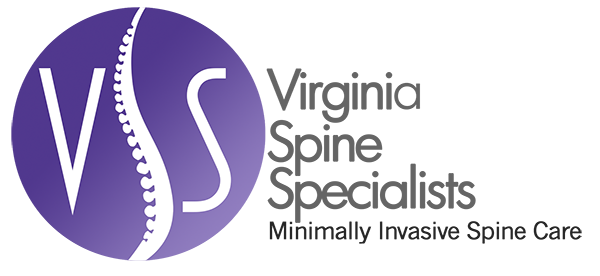Back Pain and Sciatica
 The sciatic nerve is a major nerve that extends from the lower part of the spine down the back of each leg, and often causes a lot of pain when if it gets irritated or pinched. Sciatica is known as the set of symptoms, including pain that comes with the irritation or compression of the sciatic nerve and it can affect both genders at any age, although it is more commonly seen in adults. Sciatica itself is not a disease, but it can be caused by a variety of common spine problems and conditions, such as lumbar spinal stenosis, pregnancy, degenerative or slipped discs, and spondylolisthesis.
The sciatic nerve is a major nerve that extends from the lower part of the spine down the back of each leg, and often causes a lot of pain when if it gets irritated or pinched. Sciatica is known as the set of symptoms, including pain that comes with the irritation or compression of the sciatic nerve and it can affect both genders at any age, although it is more commonly seen in adults. Sciatica itself is not a disease, but it can be caused by a variety of common spine problems and conditions, such as lumbar spinal stenosis, pregnancy, degenerative or slipped discs, and spondylolisthesis.
Sciatica symptoms usually only affect one side of the body, either left or right, but can sometimes affect both. The pain generally runs from the lower back into the leg, but can be more centrally located depending on which part of the nerve is damaged. While the pain can usually be described as uncomfortable and fleeting, for some it can be more severe and even immobilizing. Although the sciatic nerve is in the back, most sciatica patients observe their pain in the leg and foot regions, typically only on one side. These patients may experience cramping or tightness of the thigh, numbness of the leg and foot, pain while sitting still or standing up, and a tingling or burning sensation anywhere from the buttocks to the feet. Thankfully, there are a number of surgical and non-surgical treatments for this condition.
1) Alternating Heat and Ice– usually about 20 minutes at a time, for approximately two hours. Many over the counter heating pads and ice packs are available and it has been known to be an effective way to alleviate leg pain.
2) Over the Counter Pain Medicine– there are a few pain medications that can be purchased without a prescription to quell sciatic pain. Be sure to pick one that is non-inflammatory such as Ibuprofen, Aleve, or Advil.
3) Acupuncture– this treatment has been known to be affective for pregnant woman suffering from sciatica. Because of the nature of acupuncture, it is important that anyone, pregnant or not, makes sure they are receiving treatment from a licensed, professional acupuncturist. Be sure to check all credentials, and do not be afraid to ask for references.
4) Massage Therapy– increased blood flow circulation, higher endorphin levels, and relaxed muscle tension are all benefits of massage therapy. This is commonly used as part of physical therapy for those who are able to find relief from their sciatica in order to prevent the pain from returning.
5) Epidural Steroids Injections– these injections are given to those who experience acute and severe sciatica as it reduces the inflammation around the sciatic nerve and often provides temporary, immediate relief. This relief can last anywhere from a week to a year, depending on the patient, and should be followed with some form of physical or massage therapy to keep the pain from reoccurring.
It is important to be aware of the different types of back pain in order to help your doctor best pinpoint what’s causing your discomfort. If you have experienced any of the symptoms above, contact your physician for a physical exam to determine if there’s any inflammation or disturbance of the sciatic nerve.

Categories
Archives
Contact Dr. Mudit Sharma
Phone: (571) 921-4877
Toll Free: (855) 774-6334
Monday – Thursday: 8am – 4pm
Friday: 8am – 2pm
Fredericksburg
4604 Spotsylvania Parkway, Suite 300 Fredericksburg, VA 22408
Manassas
8650 Sudley Road, Suite 315
Manassas, VA 20110-4418
